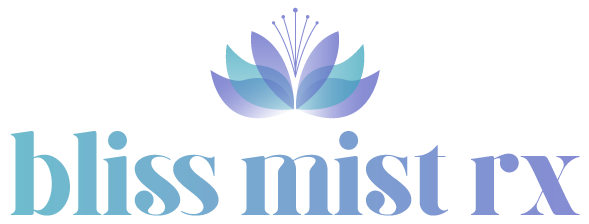
A Brief History Of Ketamine In The US and How Ketamine is used for Depression Today
Share
Explaining the history of ketamine and how its evolved into the mental health world over the years
Ketamine for depression has become a popular alternative treatment and other mental disorders in recent years. While it’s a popular option for treating mental health issues today, that wasn’t always the case. The history of ketamine is an interesting one. It started off as wartime anesthetic before becoming a popular party drug. Now ketamine therapy is a breakthrough treatment in the mental health community. Here is a brief recap of the history of ketamine.
The 1960's
Ketamine was first synthesized in 1962 by a professor of Chemistry, Calvin L. Stevens. It was first tested on animals, which provided promising results. It was also used for testing on human prisoners in 1964. In humans, ketamine proved to act faster and reduce toxic behavior, which made it the preferable anesthetic choice over PCP.
The 1970's
After promising trials, the FDA approved ketamine for medical use in 1970. It was first on American soldiers during the Vietnam War for battlefield surgery. It was a highly effective anesthetic, but it soon began to be illicitly abused, beginning in the West Coast in the early 1970s. Throughout the 70s psychiatric and academic research on the effects of ketamine began.
The 1980's
Ketamines use as a party drug began to increase in the 1980s, spreading across the US. Around this time, new forms of the drug were popping up into the street drug market. Capsules, powders, tablets, solutions, and injectable forms of ketamine became popular. In the mid-80s subcultures began to adopt it more frequently, such as rave culture. Ketamine was commonly sold as “ecstasy” at this time.
The 1990's
By this time ketamine’s illicit use began to dominate the conversation around it. It was still used medically as an anesthetic, but it was now widely abused on the streets. Ketamine, or “Special K” on the streets, is popular in the city of Hong Kong. And, this city still struggles with illicit ketamine abuse today.
Finally, in 1999 the United States made ketamine a federally controlled substance in an attempt to stop its illicit use.
The 2000's
Ketamine stopped being widely used both medically and illicitly after it became a controlled substance. Morphine became a more popular choice as an anesthetic and other illicit drugs such as cocaine and heroin took off on the streets.
However, in the 2000s medical professionals began noticing and studying ketamines ability to rapidly alleviate depression and suicidal thoughts. Studies were done between 2000-2006, which ultimately showed ketamine was a viable alternative treatment for depression. This led to the rise of doctors going off-label and using ketamine for depression and other mental disorders. Ketamine clinics began to open more frequently.
To get more info and discuss with a doctor if ketamine therapy is right for you visit BlissMistRx.com

